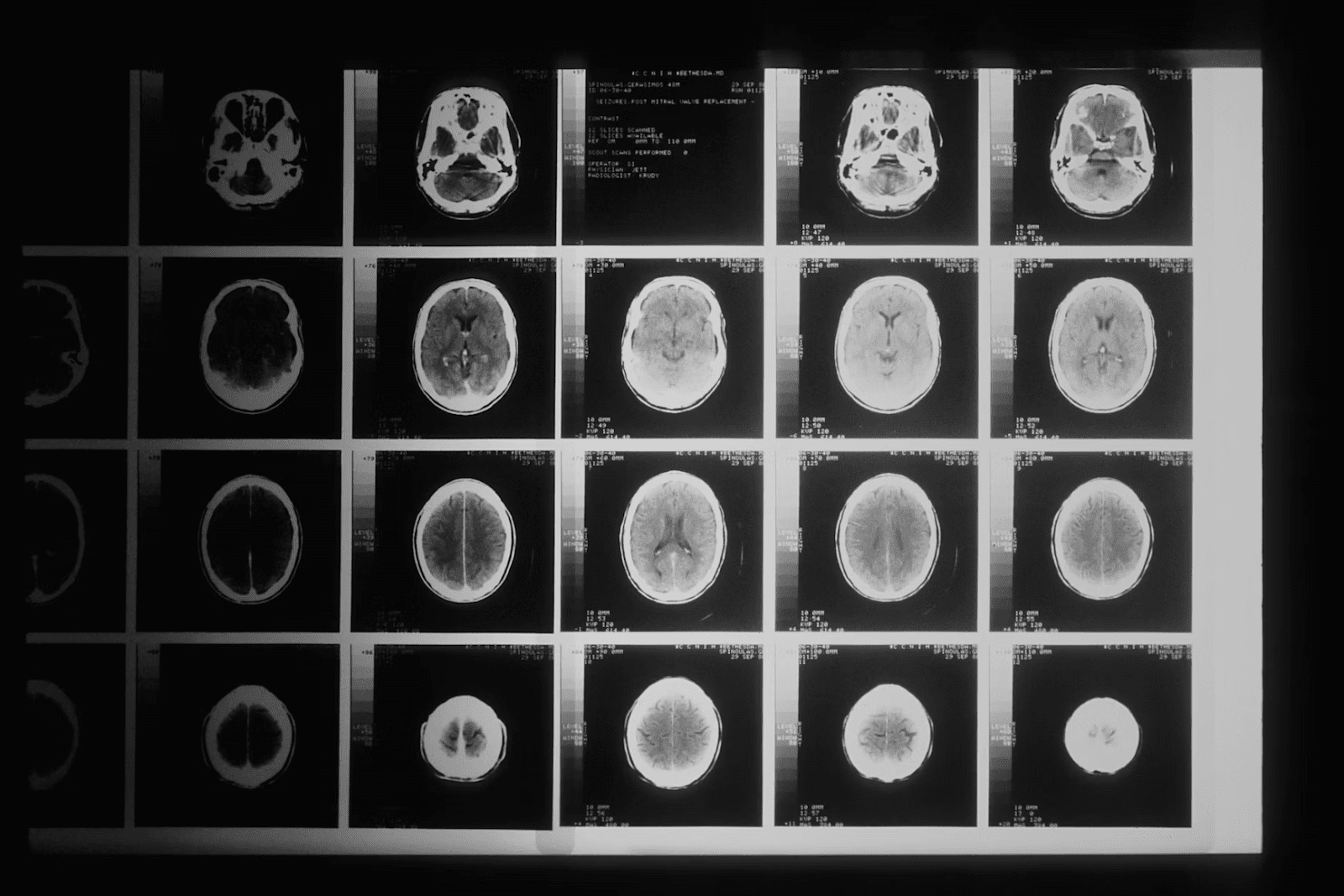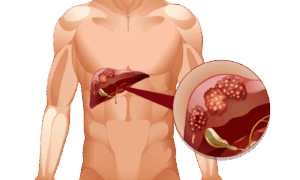Canavan disease is a rare, inherited genetic disorder that affects the brain and nervous system. It is caused by mutations in the ASPA gene, which lead to the buildup of toxic substances in the brain and results in the deterioration of white matter. Children with Canavan disease experience developmental delays, loss of motor skills, seizures, and vision problems, and the disease is typically fatal by the age of 10. There is currently no cure for Canavan disease, and treatment options are limited.
The fight against Canavan disease has been ongoing for many years, with many dedicated scientists and research labs working tirelessly to develop effective treatments. Despite the challenges posed by this devastating disease, there is reason to be optimistic about the future. Recent breakthroughs in medical research have led to exciting new possibilities for treating Canavan disease. In this article, we will explore some of the more promising Canavan treatment options and examine the latest developments in the rapidly advancing field of gene therapy.
Supportive Care
Supportive care is a critical aspect of managing Canavan disease, as there is no known cure for the condition. The goal of supportive care is to alleviate the symptoms of the disease and improve the patient’s quality of life. This type of care is usually provided by family members and caregivers, along with a team of healthcare professionals, including doctors, nurses, and therapists.
One of the most common supportive measures for individuals with Canavan disease is the use of feeding tubes. This is because many people with Canavan have difficulty sucking, swallowing, or chewing, which can lead to malnutrition and other health problems. Feeding tubes can be placed directly into the stomach or small intestine to ensure that the patient is receiving adequate nutrition. This can help improve the patient’s overall health and prevent complications such as infections and weight loss.
Physiotherapy and occupational therapy are also important supportive measures for people with Canavan disease. These types of therapy can help improve muscle weakness, spasticity, and other functional abilities, such as grasping, rolling, and weight-bearing. Physiotherapy involves exercises and stretches that are designed to strengthen muscles and improve coordination, while occupational therapy focuses on fine motor skills. These types of treatments can be tailored to the individual needs of each patient and can be provided in both inpatient and outpatient settings.
In addition to these supportive measures, other Canavan treatment measures may be used to manage specific symptoms of Canavan disease. For example, antiepileptic drugs may be prescribed to control seizures, while muscle relaxants can help manage spasticity. Speech therapy may also be used to improve feeding and communication skills via assistive technology
Canavan Treatment Medications
Medications can help manage some of the symptoms associated with Canavan disease. For example, antiepileptic drugs may be used to control seizures, which are common symptoms of the disease. These medications work by reducing the electrical activity in the brain, which can help prevent seizures from occurring.
Muscle relaxants may also be used in Canavan treatment plans to manage spasticity, which is another common symptom of Canavan disease. Spasticity refers to a condition where the muscles are constantly contracted, leading to stiffness and difficulty with movement. Muscle relaxants work by reducing the tone and tension in the muscles, which can help improve mobility and reduce pain.
It is important to note that while these medications can help manage the symptoms of Canavan disease, they do not treat the underlying cause of the condition. Additionally, some medications may have side effects or interactions with other medications, so it is important that families of patients work closely with their healthcare provider to determine the best Canavan treatment plan for the needs of their child.
Canavan Treatment Trials With Gene Therapy
Canavan disease results from a deficiency of the enzyme aspartoacylase caused by a defect in the ASPA gene. Gene therapy is a potentially promising treatment option that aims to replace or repair that defective gene by putting a normal copy of ASPA into the patient’s brain. The delivery of this normal gene can be achieved through various methods, such as viral vectors or non-viral vectors.
Viral vectors are often used in gene therapy because they have the ability to infect cells and insert the desired gene into the target cells. The key target cell that is disrupted in Canavan disease is called the oligodendrocyte, which is responsible for making myelin in the central nervous system (i.e., the brain and spinal cord) and makes important contributions to overall brain health. Commonly used viral vectors for gene therapy in Canavan disease include adeno-associated virus (AAV), often a preferred vector because it is a non-pathogenic virus (i.e., a virus that does not cause illness). Non-viral vectors, on the other hand, do not rely on viral infection but rather on physical or chemical methods to deliver the gene. These include liposomes, nanoparticles, and electroporation.
Gene therapy for Canavan disease is still in the clinical trial stage and is not yet widely or commercially available. Clinical trials are being conducted to evaluate the safety and effectiveness of this treatment, and while some promising results have been reported, more research is needed to determine its long-term efficacy. One challenge in gene therapy for Canavan disease is the need for targeted delivery of the normal ASPA gene to the brain, as the blood-brain barrier can limit the entry of therapeutic agents, so direct administration to the brain could be an effective therapeutic approach.
Despite the difficulties, gene therapy holds great potential for Canavan treatment and other genetic disorders. Gene therapy companies like Myrtelle are paving the way in this field and making great strides in learning about the disease in their clinical trials. The hope is that through ongoing research and development, gene therapy can become a viable treatment option for individuals with Canavan disease in the future.
Hope For Canavan Treatment
While there is currently no known cure for Canavan disease, there are Canavan treatment options available that can help manage the symptoms and improve the quality of life for those affected by this condition. From supportive care and medications to experimental treatments like gene therapy, there are reasons to be optimistic about the future of Canavan treatment. With ongoing research and development, there is hope that one day we may find a durable, long-term treatment, and possibly even a cure, for this rare genetic disorder.

In the meantime, it is important for individuals with Canavan disease to work closely with their healthcare providers to develop a personalized Canavan treatment plan that meets their specific needs.



































